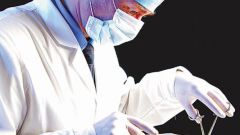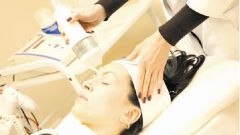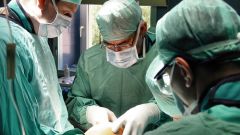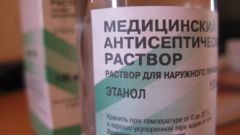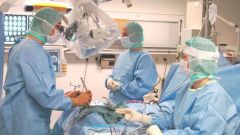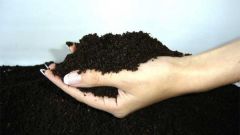Instruction
1
During the operation, the superimposed outer and inner seams. When applying internal sutures your doctor uses absorbable material is catgut, which is increasingly "dissolved" in 1-2 months. When stitching internal tissues surgeon puts a single ligature or a continuous suture on the operated area, be sure the doctor bandaging by a catgut of large vessels.
2
When connecting the dissected tissues of the skin, the surgeon often uses simple nodal seam, which is applied on wounds of any complexity. Looks like the outer seam as a separate transverse of the ligature with the nodes that overlap across the section line. After 5-7 days the suture material is removed. The scar after healing of the external nodal seam, as a rule, looks like a one lane width of 1-3 mm with cross lines about the size of 1-2 cm, which are repeated every 2-3 see
3
Sometimes the surgeon uses the technique of continuous suturing of the dissected layers of the dermis. These types of stitches help to pull the skin during surgery with removal of the portion of the dermis or in the operated area. When applying continuous suture tissue pulled together tightly throughout the dissection. In this technique the needle should go strictly in front of her place of puncture.
4
Cosmetic the incision is imposed most often in small smooth surgical incision up to 10 cm long word for this kind of cosmetic stitching because after healing it looks like a thin strip, the width of the scar up to 1 mm, has tuberosity. This kind of seam is applied only to clean the wound, surgery nevospalitelnogo body (caesarean section), if you change the size of the breast, remove naevus, etc.
5
In the process of wound healing and scar formation 4 stage isolated, each seam has a certain look. The first stage begins immediately after surgery and lasts about a week. In this period start of active substances that provoke the inflammation, so the seam is erythematous and edematous. In the second stage formed the "young" scar, there comes this period when the sutures are removed and lasts up to a month. The scar at this stage it looks bright pink, susceptible to injury and inflammation, so you need a protective mode to avoid stretching the fabric, not swim in water etc. the Third stage - the formation of a Mature scar, lasts from 1 to 3 months. This period is characterized by the formation of large amounts of collagen and growth of connective tissue, the scar is pale pink. The fourth stage lasts to years and is characterized by the formation of a white scar of dense connective tissue.
6
With a weak immune system and infection of the suture line duration of healing may increase. In this case there is a convoluted bumpy scar with a width of several mm.


